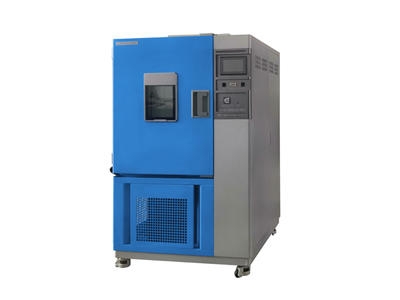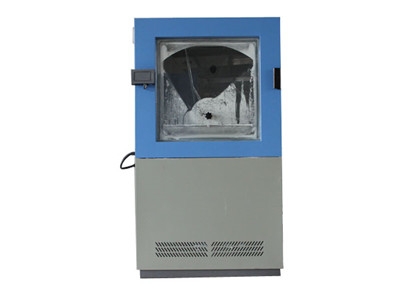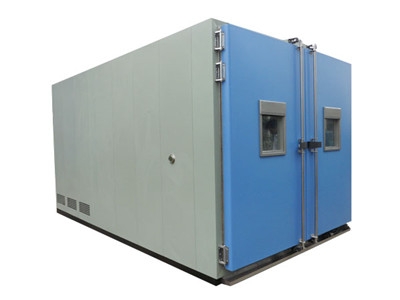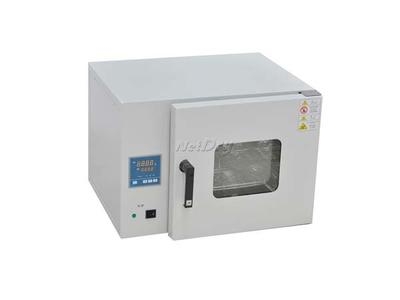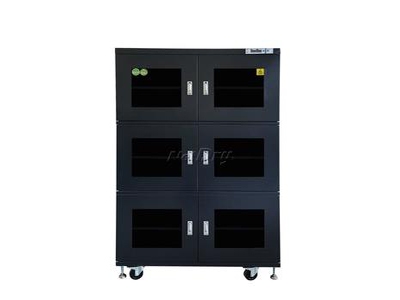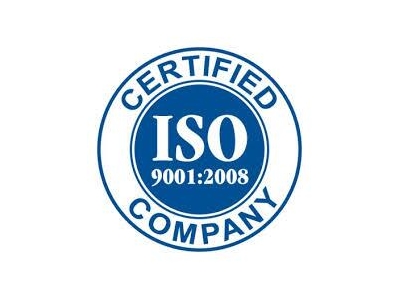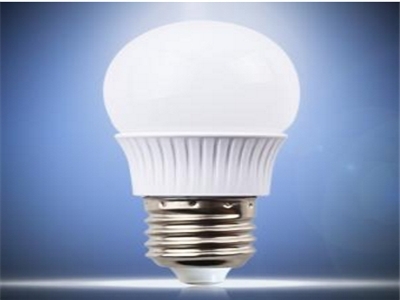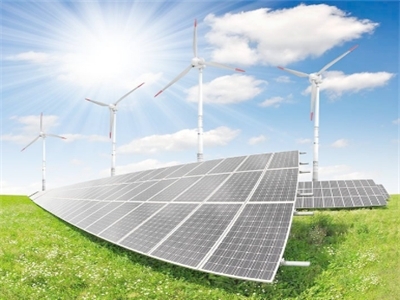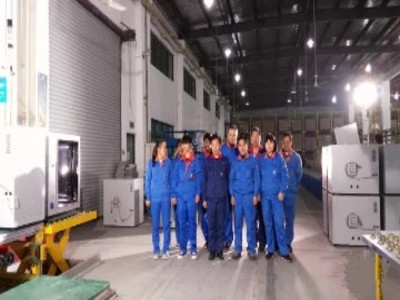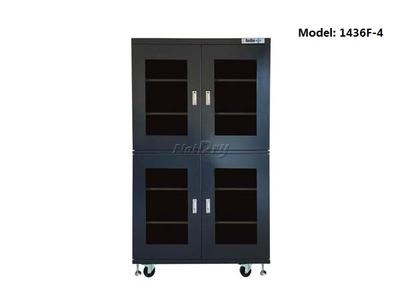UV Species and Performance Analysis
According to the biological effects, UV rays are divided into four bands by different wavelength:UV are UVA, UVB, UVC and UVD.
UVC, because of its short wavelength, has been absorbed and scattered by the ozone layer in the atmosphere, so it cannot reach the earth. The wavelength of UVB is among the three, the wavelength can only reach the skin, and the longer wavelength of UVA, will go deep into the skin, hurt the skin‘s dermis, and cause skin aging.
.jpg)
UVA band, wavelength 320–420 nm, also known as long-wave black spot effect UV. It has strong penetration and can penetrate most of the transparent glass and plastic. Sunlight contains more than 98% of the long-wave ultraviolet rays that penetrate the ozone layer and reach the earth‘s surface. UVA can reach the skin‘s dermis, destroy elastic and collagen fibers, and tan our skin. UVA with 300-420 nm wavelength can emit ultraviolet light centered at 365 nm through a specially colored glass lamp with complete cutoff of visible light,it can be used for ore identification, stage decoration, banknote inspection.
UVB band, wavelength 275~320nm, also known as the middle wave erythema effect ultraviolet. With moderate penetration, the shorter part of the wavelength is absorbed by the transparent glass, and most of the ultraviolet light contained in the sunlight is absorbed by the ozone layer, with less than 2% reaching the earth‘s surface, which is particularly intense in the summer and afternoon. UVB ultraviolet rays have erythema effect on human body, can promote mineral metabolism and vitamin D formation in the body, but long-term or excessive exposure can make the skin redness and desquamate. UV health lights, plant growth lights are made by using special violet glass (not through light below 254 nm) and phosphors with peaks near 300 nm.
UVC band, with a wavelength of 200 to 275 nm, is also called short-wave sterilized uv. It has the weakest penetration ability,unable to go through most transparent glass and plastic. The short-wave ultraviolet rays contained in sunlight are almost completely absorbed by the ozone layer. Short-wave ultraviolet radiation is very harmful to the human body, short-term exposure can burn the skin, long-term or high-intensity exposure can also cause skin cancer. The uv sterilization lamp emits uvc short-wave uv.
UVD band, wavelength of 100-200 nm, also known as vacuum ultraviolet.
UVA is a terrible sun killer,with its long wavelength, strong penetration ability, can penetrate the skin surface, deep into the dermis below the tissue, can destroy collagen, elastic fiber tissue and other skin inside the fine structure, produce wrinkles and young lines, make the skin relaxed and aging. This is medically called photoaging.
In the energy distribution of ultraviolet rays in sunlight, UVA is 15 times that of UVB, which is the main cause of tanning the skin. It reduces the amount of hyaluronic acid in the skin that binds water, dries the skin, accelerates melanin formation, darkens the complexion and is also an important cause of skin cancer,the ozone layer can block and weaken ultraviolet rays.
.jpg)
The irradiation intensity can be set at very high to very low position, except for special test, generally according to the irradiation intensity of UVA340 0.68w/m2,it is equivalent to the sunlight at noon in summer, this test can get the quickest result. UVA340 is 0.35 w/m2 is equivalent to the spring and autumn daylight,this test suits common test and lower irradiation intensity test. The irradiation intensity of the UVB313 lamp is 0.68w/m2 310, 1.23w/m2 310,it is a very fast test for quality control or durability material test.
Today we breifly introduce the UV species,now you know the difference between UVA,UVB,UVC and UVD.

